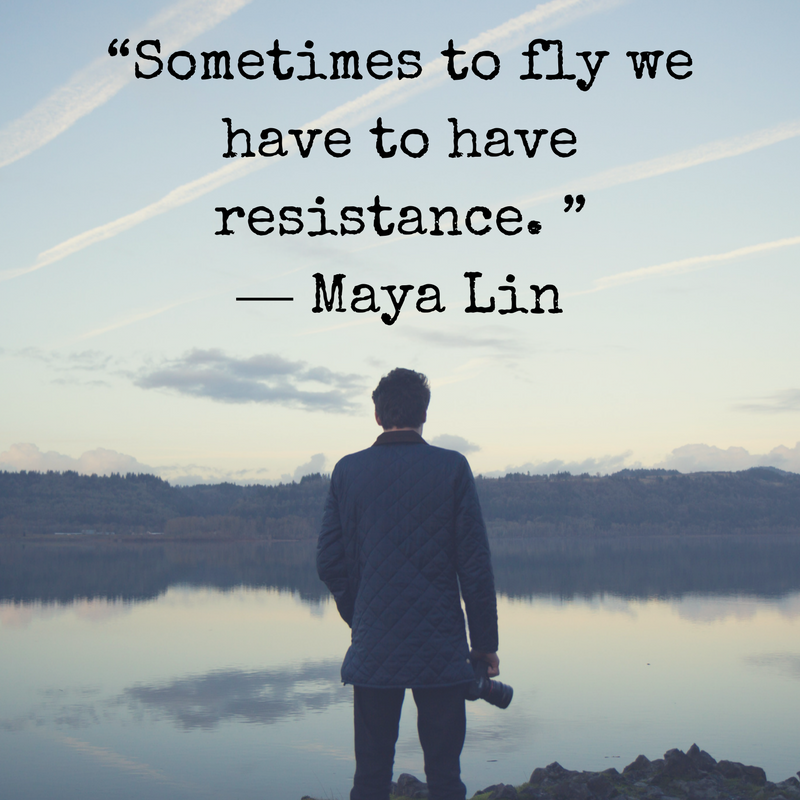By Cara Young , Columnist
 A quote and a question I pose to you all. What is in a name? Is it simply a title? An identifier? An emotional connection? A summary of actions? Names are powerful things giving worth to their wearers, pride to their possessor, and inspiration to their inheritors. On one of our nation’s more visited monument sites are etched the names of fallen soldiers. The Vietnam Veterans Memorial Wall is a polished granite tomb, honoring the bravery these men and women showcased for their country. While maintaining the true essence of what the war was to our soldiers, our nation, and our hearts a scar that nearly bled us dry.
A quote and a question I pose to you all. What is in a name? Is it simply a title? An identifier? An emotional connection? A summary of actions? Names are powerful things giving worth to their wearers, pride to their possessor, and inspiration to their inheritors. On one of our nation’s more visited monument sites are etched the names of fallen soldiers. The Vietnam Veterans Memorial Wall is a polished granite tomb, honoring the bravery these men and women showcased for their country. While maintaining the true essence of what the war was to our soldiers, our nation, and our hearts a scar that nearly bled us dry.
Maya Lin is a celebrated earth artist, sculptor, and architect whose name carries a great deal of weight in the art community. She attended Yale and Harvard earning a master’s degree in architecture and designed not only the Vietnam Veterans Memorial but the Civil Rights Monument and the Women’s Table at Yale University. Her minimalist vision caused some controversy in her youth, but soon became accepted and enjoyed by the public.
At 21 she won the design submission contest for the Vietnam Veterans Memorial even though almost every element of the monument caused debate. The use of dark reflective rock, the descending manner of the piece, and the number of patriotic symbols coming up short were large points of concern for the veterans, mourners, and civilians awaiting the monument’s opening. Even as her work was thrown into a national debate, her design dubbed the “black gash of shame”, funding for the project pulled out from under her, and her name ran through the mud, Lin stood her ground. Accepting a standard sized American flag and three realistic soldier statues placed near the monument were minor concessions to appease the public while retaining the emotional momentum the site was meant to create. It was not built to honor the action of rebellion or the aiding of an ally, but rather it was meant to be a reminder of the pain we faced in the midst of violent misfortune. On opening day November 11, 1982, Veterans Day, it soon became evident how successful Lin’s design was in capturing and conveying this message to the people visiting.
Her next monument, the Civil Rights Memorial, didn’t stir up nearly as much political attention. It kept some signature elements like polished granite, flowing water, and inscribed words on a much smaller scale. The piece is a rounded fountain that lays out major points of the civil rights movement in a clockwise fashion, featuring key points, names of well-known voices and deaths, and laws passed toward or in acknowledgment of the movement. Finally, Lin’s Women’s Table that still used water and carved stone was meant to recognize the women who attended Yale University. Carved numbers begin at the center and spiral out. The first several are zeroes showing the lack of female students in the school’s early years, but soon gains digits. However, these zeroes only represent the number of registered female students. There were some women known as “silent listeners” often professor’s wives, sisters, daughters, or in some cases even custodial workers, who “attended” lectures.




